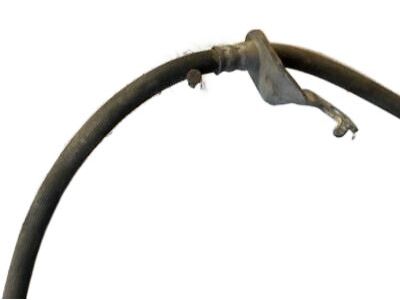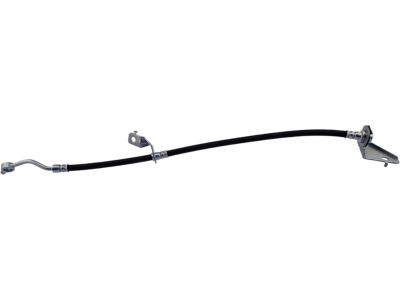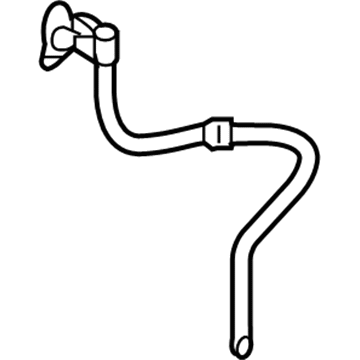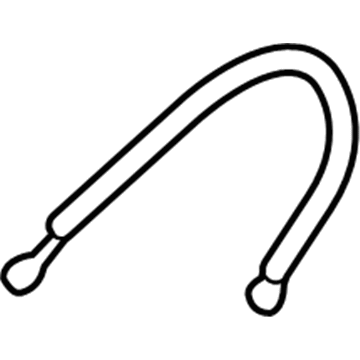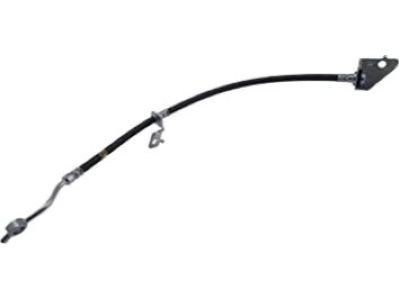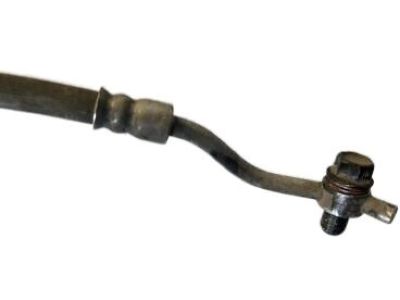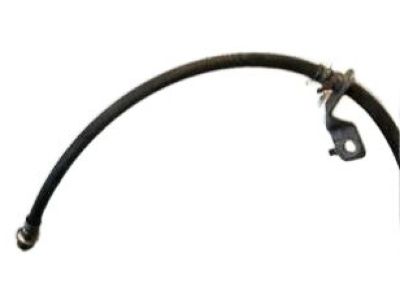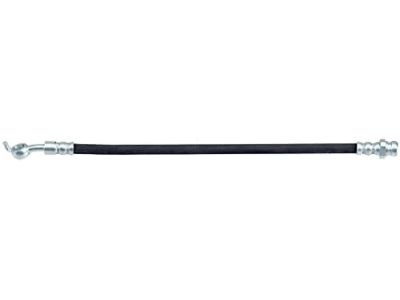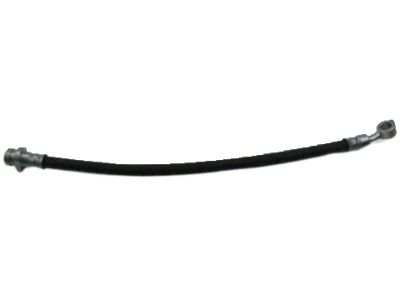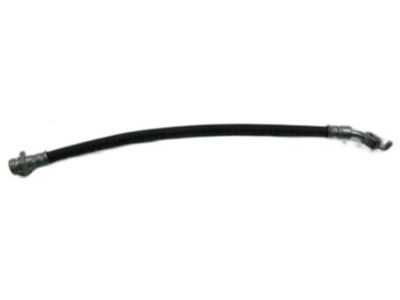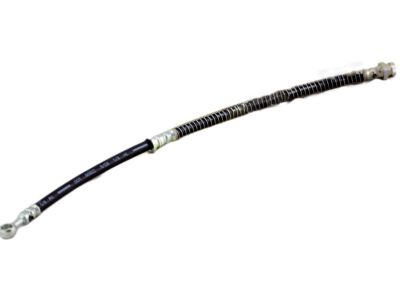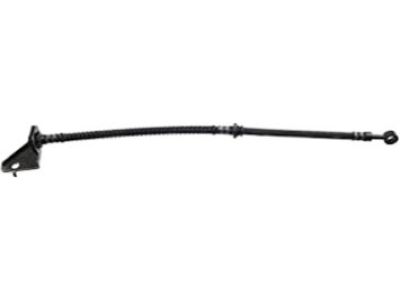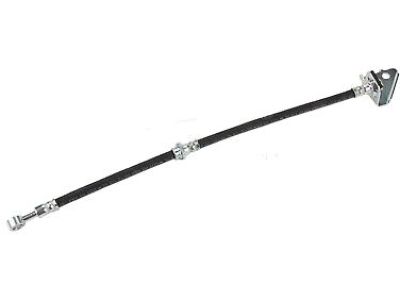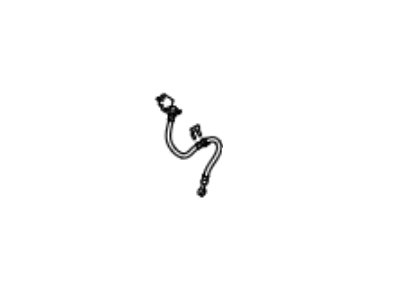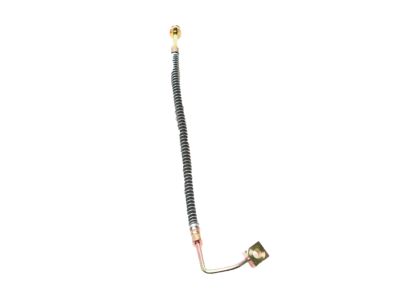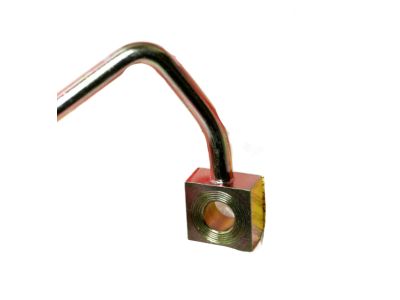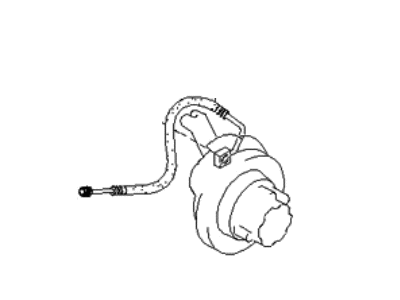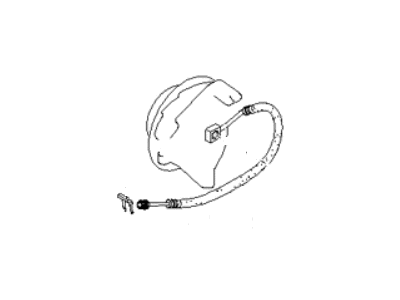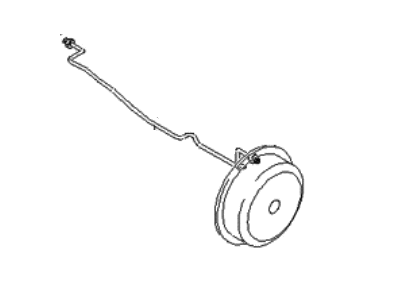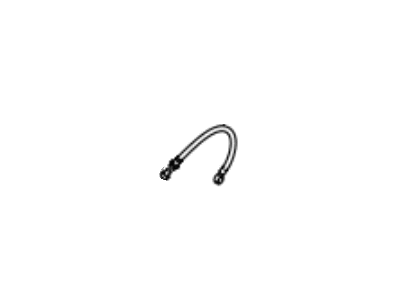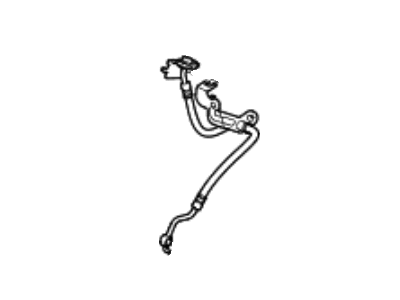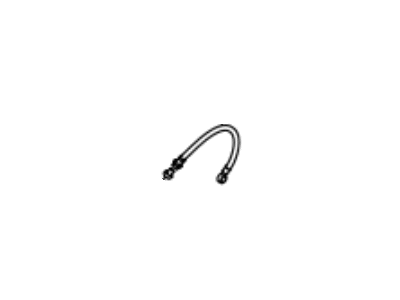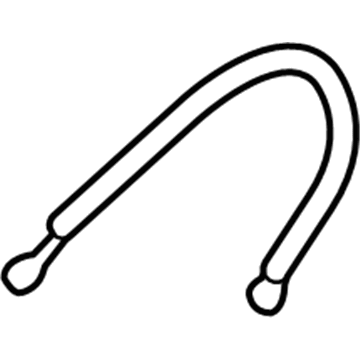×
- Hello
- Login or Register
- Quick Links
- Live Chat
- Track Order
- Parts Availability
- RMA
- Help Center
- Contact Us
- Shop for
- Kia Parts
- Kia Accessories

My Garage
My Account
Cart
Genuine Kia Sportage Brake Line
Brake Hose- Select Vehicle by Model
- Select Vehicle by VIN
Select Vehicle by Model
orMake
Model
Year
Select Vehicle by VIN
For the most accurate results, select vehicle by your VIN (Vehicle Identification Number).
35 Brake Lines found

Kia Sportage Brake Front Hose, Left
Part Number: 587312S100$54.19 MSRP: $76.87You Save: $22.68 (30%)Ships in 1-3 Business Days
Kia Sportage Rear Wheel Hose Right
Part Number: 587382S100$25.68 MSRP: $36.12You Save: $10.44 (29%)Ships in 1-3 Business Days
Kia Sportage Brake Front Hose, Right
Part Number: 587322S100$43.33 MSRP: $61.47You Save: $18.14 (30%)Ships in 1-3 Business Days
Kia Sportage Brake Rear Hose, Left
Part Number: 587372S100$25.68 MSRP: $36.12You Save: $10.44 (29%)Ships in 1-3 Business Days
Kia Sportage Brake Front Hose, Right
Part Number: 587322E000$58.30 MSRP: $79.65You Save: $21.35 (27%)Ships in 1-3 Business Days
Kia Sportage Brake Front Hose, Left
Part Number: 587312E000$56.40 MSRP: $77.05You Save: $20.65 (27%)Ships in 1-3 Business Days
Kia Sportage Front Brake-Flexible Hose
Part Number: 0K01143830C$39.48 MSRP: $56.00You Save: $16.52 (30%)Ships in 1-3 Business Days
Kia Sportage Rear Flexible Hose, Right
Part Number: 0K01143810C$39.77 MSRP: $56.42You Save: $16.65 (30%)Ships in 1-3 Business Days
Kia Sportage Brake Rear Pipe, Left
Part Number: 0K01243660B$22.03 MSRP: $29.85You Save: $7.82 (27%)Ships in 1-3 Business DaysKia Sportage Rear Brake Hose, Right
Part Number: 587372E310$27.98 MSRP: $37.92You Save: $9.94 (27%)Ships in 1-3 Business DaysKia Sportage Brake Front Hose, Left
Part Number: 58731D3500$51.09 MSRP: $72.47You Save: $21.38 (30%)Ships in 1-3 Business DaysKia Sportage Brake Rear Hose, Left
Part Number: 587372E300$27.02 MSRP: $36.62You Save: $9.60 (27%)Ships in 1-3 Business DaysKia Sportage Rear Wheel Hose Right
Part Number: 587382S500$23.89 MSRP: $33.60You Save: $9.71 (29%)Ships in 1-3 Business DaysKia Sportage Brake Rear Hose, Left
Part Number: 587372S500$28.84 MSRP: $40.57You Save: $11.73 (29%)Ships in 1-3 Business DaysKia Sportage Brake Front Hose, Left
Part Number: 58731D3000$53.05 MSRP: $72.47You Save: $19.42 (27%)Ships in 1-3 Business DaysKia Sportage Brake Front Hose, Right
Part Number: 58732D3000$53.05 MSRP: $72.47You Save: $19.42 (27%)Ships in 1-3 Business DaysKia Sportage Brake Front Hose, Right
Part Number: 58732D3500$51.09 MSRP: $72.47You Save: $21.38 (30%)Ships in 1-3 Business DaysKia Sportage Brake Rear Pipe, Right
Part Number: 0K01243650A$22.36 MSRP: $30.30You Save: $7.94 (27%)Ships in 1-3 Business Days
| Page 1 of 2 |Next >
1-20 of 35 Results
Kia Sportage Brake Line
If you're in search of top-notch, reasonably priced OEM Kia Sportage Brake Line, then you've found the perfect spot. Our website boasts an extensive inventory of Kia Sportage Brake Line, all priced at the market's premier price. Rest assured, every genuine part we offer comes with a warranty straight from the manufacturer.
Kia Sportage Brake Line Parts Questions & Experts Answers
- Q: How to inspect and replace flexible brake hoses and Brake Line in a Kia Sportage?A:Allow a period of about six months for the vehicle to be jacked up and held stably on jackstands during which time the flexible hoses connecting the steel brake lines with front and back brake units are checked by eye. These tubes should be examined under a light and mirror for any signs of cracks, chafing of the outer cover, leaks, blisters or other defects. Any hose that shows these problems must be replaced. Consequently, first remove all dirt from the ends of the damaged hose before proceeding to unscrewing the metal tube nut at its flare end using a flare nut wrench (a), removing the U-clip from its female fitting at frame bracket above (b) and disconnecting it from this bracket and strut bracket below it (c). Finally, we remove the hose from its caliper so as to replace it with a new one or install new sealing washers in case our model's brake lines are fitted with banjo fitting. Next, secure the fitting by tightening it down when attaching a new brake hose onto your caliper . Take one end of your brake line into this frame bracket then attach another in tube nut-tighten snugly until tight while ensuring that there is no twist on your line-hose insert through steering strut guide-check for interference between suspension/steering components with hoses. This should followed by bleeding of brakes system to get rid air bubbles out of it; after which you can now use/apply vehicle otherwise.
Related Kia Sportage Parts
Browse by Year
2024 Brake Line 2023 Brake Line 2022 Brake Line 2021 Brake Line 2020 Brake Line 2019 Brake Line 2018 Brake Line 2017 Brake Line 2016 Brake Line 2015 Brake Line 2014 Brake Line 2013 Brake Line 2012 Brake Line 2011 Brake Line 2010 Brake Line 2009 Brake Line 2008 Brake Line 2007 Brake Line 2006 Brake Line 2005 Brake Line 2002 Brake Line 2001 Brake Line 2000 Brake Line 1999 Brake Line 1998 Brake Line 1997 Brake Line


